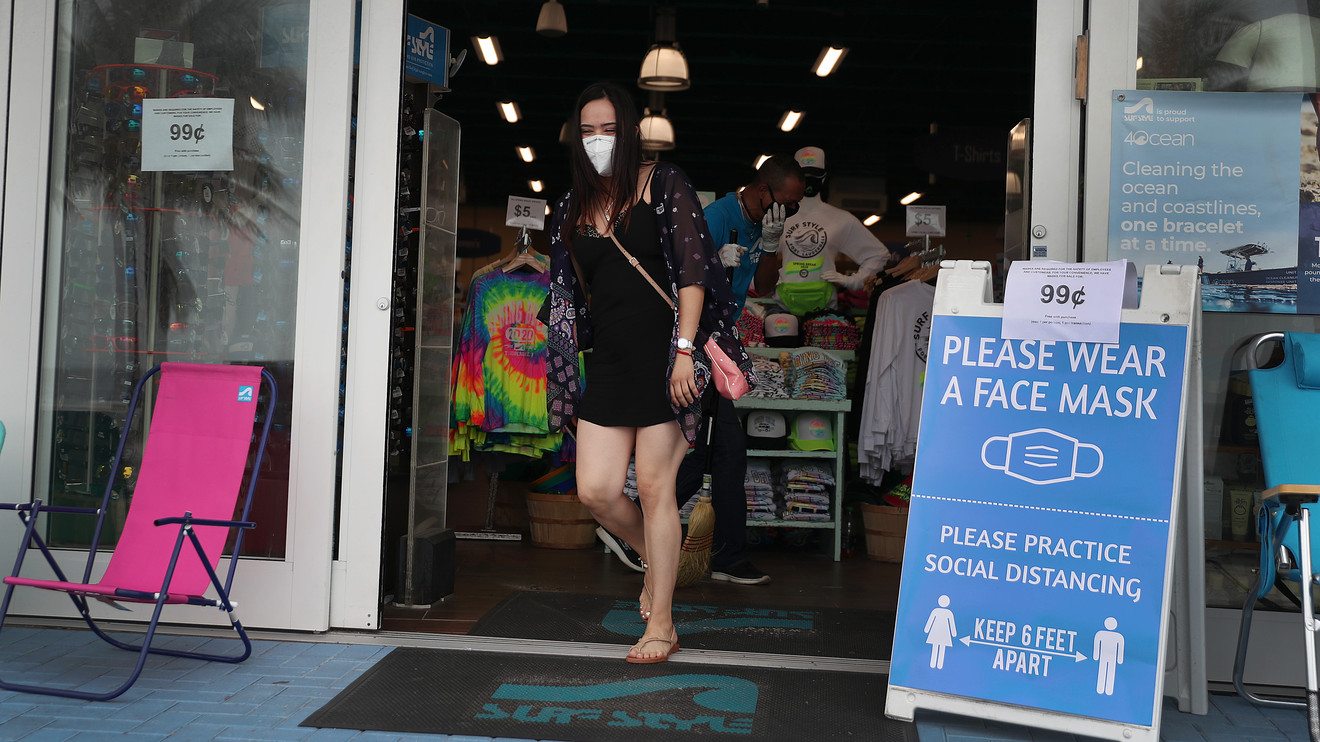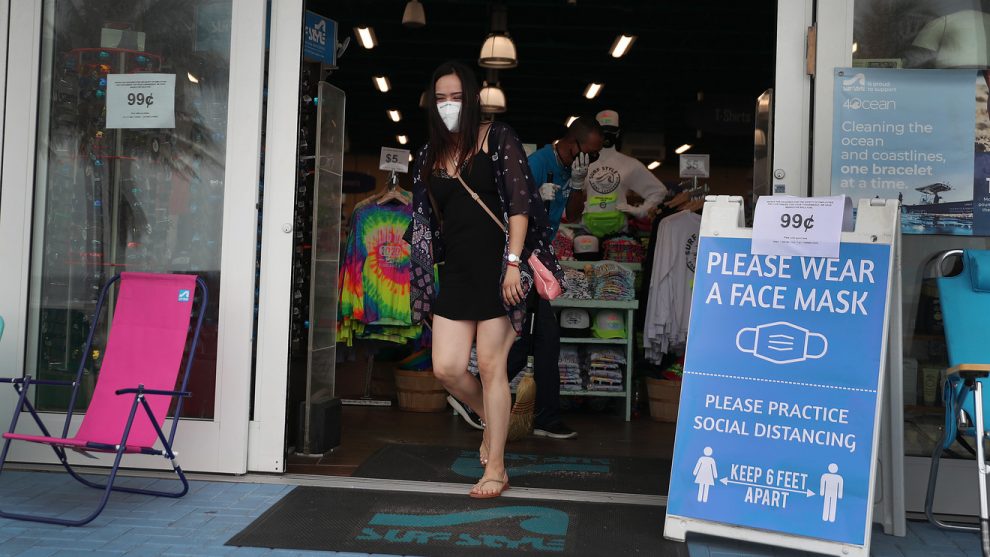
The U.S. economy appears to be climbing out of a short though historically steep recession, but a return to normalcy? That’s not in the cards anytime soon.
After states began to reopen their economies in May, more people went back to work, consumer spending increased and Americans grew more confident that the worst of a coronavirus-induced recession was over.
Read: Consumer sentiment climbs again in June as reopening U.S. economy eases worries
More good news is on the way.
Retail sales are expected to rebound smartly in May from a record 16.4% drop in April. Wall Street economists forecast a 5.4% snapback when the report is released next Tuesday. Another gauge of industrial production the same day is also likely to show a rebound.
See: MarketWatch Economic Calendar
The rebound comes as no surprise. There’s a lot of pentup demand from consumers and businesses after a few months of the economy being almost entirely locked down. Now that businesses are reopening and people are moving about more, they can spend some of the money they had been involuntarily forced to save.
Read:U.S. entered recession in February after end of longest expansion in history
“The opening of more businesses — especially retail stores and restaurants — will prompt more consumers’ to open their wallets as they unleash a wave of pent-up demand that has been building in some parts of the country since mid-March,” said Scott Anderson, chief economist of Bank of the West.
Higher retail sales alone, however, can be misleading. What matters even more is what consumers are buying or spending their money on.
Jennifer Lee, senior economist at BMO Capital Markets, said a more telling tale about the strength of a nascent recovery is how much people spend on “the wants and not the needs.”
Examples: Dining out or takeout, home furnishings and hobby items such as books, music or sporting goods.
“People want to go out,” she noted. “That speaks volumes about consumer confidence.”
Yet what happens after the pentup demand is met?
“A lot depends on how things progress from here,” said senior economist Sam Bullard of Wells Fargo, referring to efforts to contain the coronavirus and find treatments. The federal government’s willingness to keep providing benefits to millions Americans who lost their jobs during the pandemic is also critical.
Bullard also pointed to the substantial amount of forced savings as another pool of money from which households can draw. Families have spent more on food, but they’ve hardly spent anything on clothes, gas, transportation, haircuts and other goods and services they normally would have purchased during the lockdown.
Read: Consumer prices drop again as pandemic cuts rate of inflation to near zero
Yet the economy can’t avoid another slump if spending drops off again. Companies won’t bring back more workers if the demand isn’t there, and fewer people returning to their jobs would eventually depress sales again.
That’s where the government comes in. Washington’s effort to help families out with bonus checks and more generous unemployment benefits has played a key role in restarting the economy. If the federal government pulls back too soon, however, it could endanger a fragile recovery.
See: Marketwatch’s Coronavirus Economic Recovery Tracker
“We are still at the beginning,” Lee said. “We are at the start line.”











Add Comment